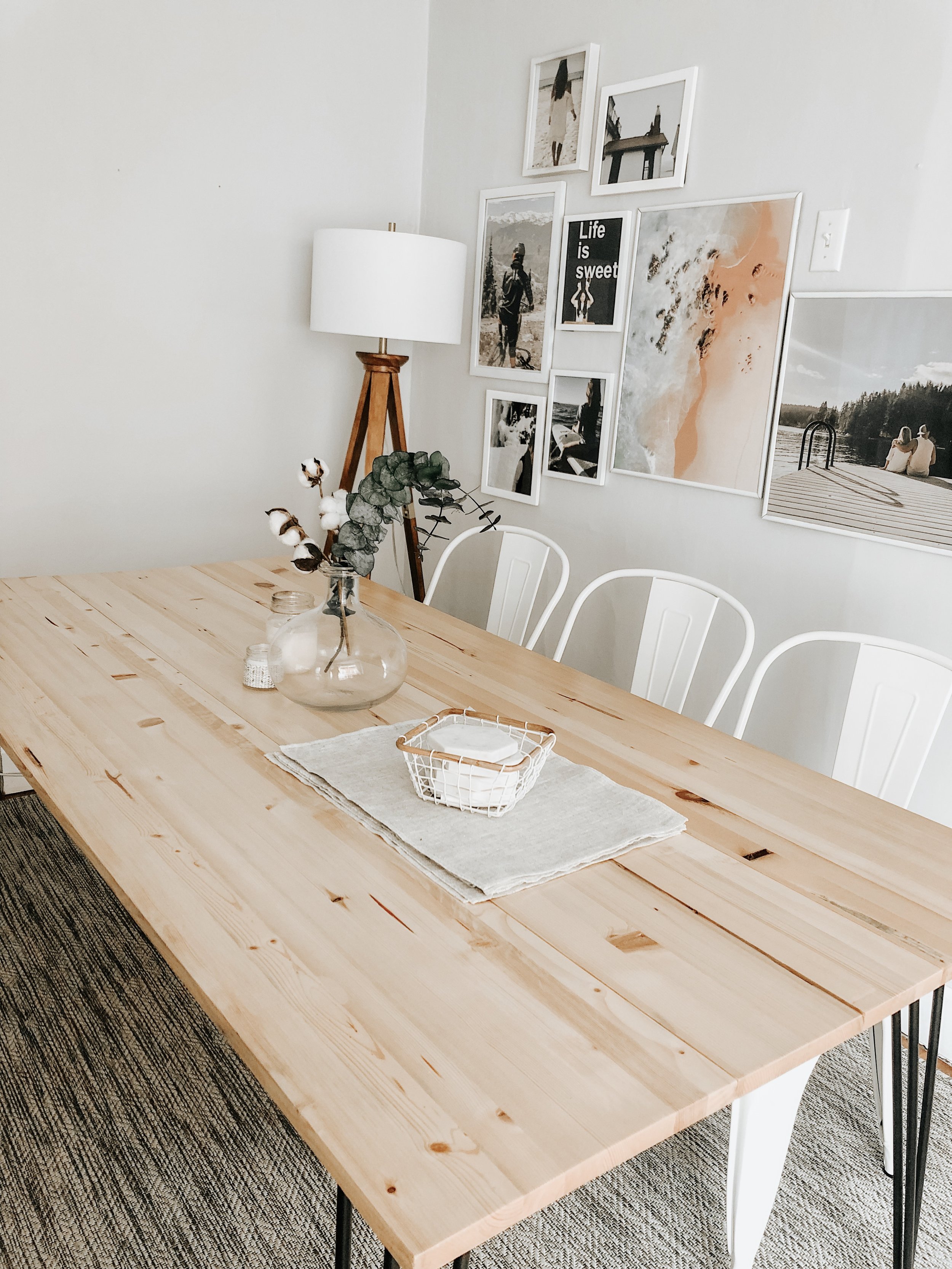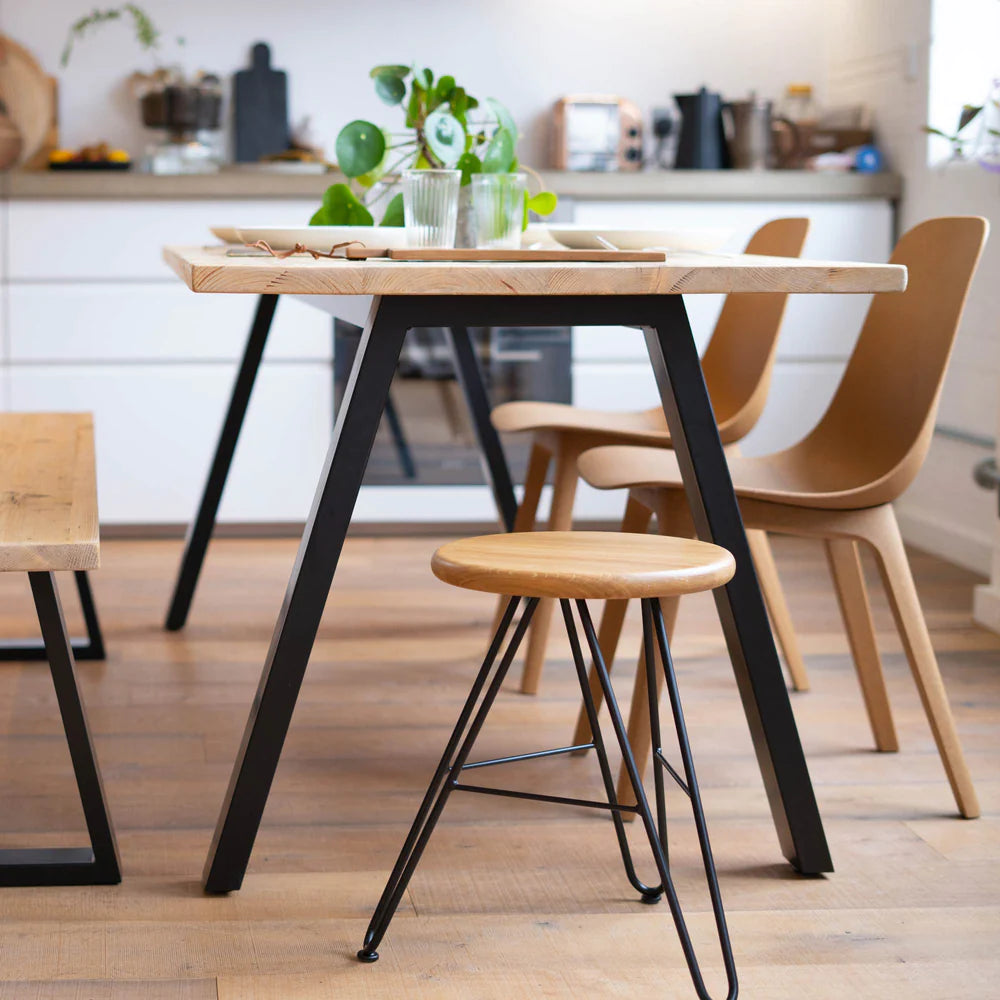How to Choose the Perfect Dining Room Table Legs for Your Home
How to Choose the Perfect Dining Room Table Legs for Your Home
Blog Article
From Traditional to Modern: Discover the Ideal Dining-room Table Legs for Your Design
While traditional designs such as cabriole and turned legs stimulate a sense of timeless sophistication, modern designs like hairpin and geometric options present a chance for striking visual rate of interest. As you think about these aspects, the inquiry continues to be: how can you effortlessly incorporate these varied leg designs to create a harmonious eating experience?
Comprehending Table Leg Styles
The range of eating area table leg designs can significantly influence both the aesthetics and performance of the area. Each leg design adds unique visual components and practical features, accommodating varied style choices and usage demands. Comprehending these designs is vital for selecting the best eating table that lines up with your general indoor layout vision.
For example, conical legs supply a clean, classic appearance that can enhance a room's beauty, while pedestal bases supply stability and optimize legroom, making them perfect for smaller spaces. Hairpin legs, a trademark of mid-century contemporary design, introduce an industrial flair, permitting a ventilated, open feeling. Likewise, trestle legs evoke rustic appeal, providing robust assistance and a sense of eternity.
Wood legs can bring heat and appearance, whereas steel options typically convey a sleek, contemporary ambiance. Eventually, understanding table leg styles is important for producing a natural eating area that reflects individual style while guaranteeing usefulness and convenience.
Standard Table Leg Options
When choosing eating area table legs, standard options frequently personify timeless sophistication and craftsmanship. These layouts mirror an abundant heritage and a dedication to high quality, making them ideal for those who value traditional aesthetic appeals.
One of the most famous conventional leg styles is the cabriole leg, identified by its graceful curved shape. This layout commonly includes decorative carvings and is most frequently found in Queen Anne and Chippendale furnishings. An additional preferred choice is the transformed leg, which boasts a series of smooth, rounded shapes that provide a timeless look while keeping stability.
Additionally, the straight leg, while easy, provides a sturdy and unadorned framework that can mix perfectly with a selection of tabletop designs. For those drawn to ornate outlining, claw-and-ball feet legs evoke a feeling of magnificence and can function as a stunning centerpiece in any kind of eating area.
Lastly, stand bases, although not purely legs, supply an alternative conventional alternative that enables enough legroom and can be magnificently carved. Each of these typical leg styles adds to the overall setting of an eating area, marrying feature with aesthetic charm.

Modern Table Leg Layouts
Modern table Look At This leg styles use a diverse array of styles that emphasize innovative products and clean lines. These styles frequently prioritize capability while functioning as striking centerpieces within a dining room. Minimalist visual appeals are prevalent, with legs crafted from products such as steel, glass, and engineered timber, which add to a modern and airy feeling.
One popular design is the hairpin leg, defined by its slender, tapered framework that offers security without overwhelming the tabletop (dining room table legs). This style is usually located in mid-century modern furniture and can easily enhance numerous table shapes. An additional trend is making use of geometric forms, where legs might handle angular or asymmetrical forms, including aesthetic rate of interest and a touch of virtuosity

Mixing Designs for Unique Areas
Commonly, homeowners seek to produce unique dining areas that reflect their personal style by mixing numerous style aspects. This method enables the consolidation of varied appearances, leading to a harmonious yet distinct setting. Pairing a rustic wood table with sleek, modern metal legs can develop an eye-catching comparison that elevates the area's total appeal.
In addition, integrating vintage table legs with modern table tops can stimulate a sense of background while keeping a modern-day perceptiveness. Such mixes not only display specific taste but likewise motivate imagination, enabling house owners to curate a room that really feels both individual Discover More Here and welcoming.
Shade plays a crucial role in this blending process; selecting table legs that match or contrast with the existing color system can improve aesthetic interest. For instance, whitewashed legs can soften the boldness of a dark table surface area, developing a well balanced aesthetic.
Tips for Picking the Right Legs
Selecting the right table legs is crucial for attaining both capability and visual allure in your dining space. Begin by considering the general style of your area. Standard setups take advantage of legs that feature complex carvings or turned styles, while contemporary spaces may require streamlined, minimal styles.
Next, examine the height and stability of the legs. dining room table legs. Common eating tables range in between 28 to 30 inches in height, so guarantee the legs match this dimension for convenience. Furthermore, durable materials, such as hardwood or metal, can boost stability and long life
Evaluate the leg shape as well-- options include look at here now directly, tapered, or stand layouts. Straight legs offer a traditional appearance, while conical legs can add a touch of elegance. Pedestal bases provide ample legroom and are ideal for smaller sized rooms.
Final Thought
In summary, picking the perfect eating area table legs needs cautious consideration of both traditional and contemporary styles. By integrating leg design, height, and product with the general decor, a natural and welcoming atmosphere can be accomplished.
The range of dining area table leg styles can dramatically affect both the looks and performance of the space. Inevitably, recognizing table leg styles is important for developing a cohesive eating area that reflects personal style while guaranteeing usefulness and comfort.One of the most iconic standard leg designs is the cabriole leg, defined by its stylish curved form. Straight legs offer a classic appearance, while conical legs can include a touch of sophistication.In recap, selecting the suitable eating area table legs needs cautious consideration of both contemporary and standard designs.
Report this page